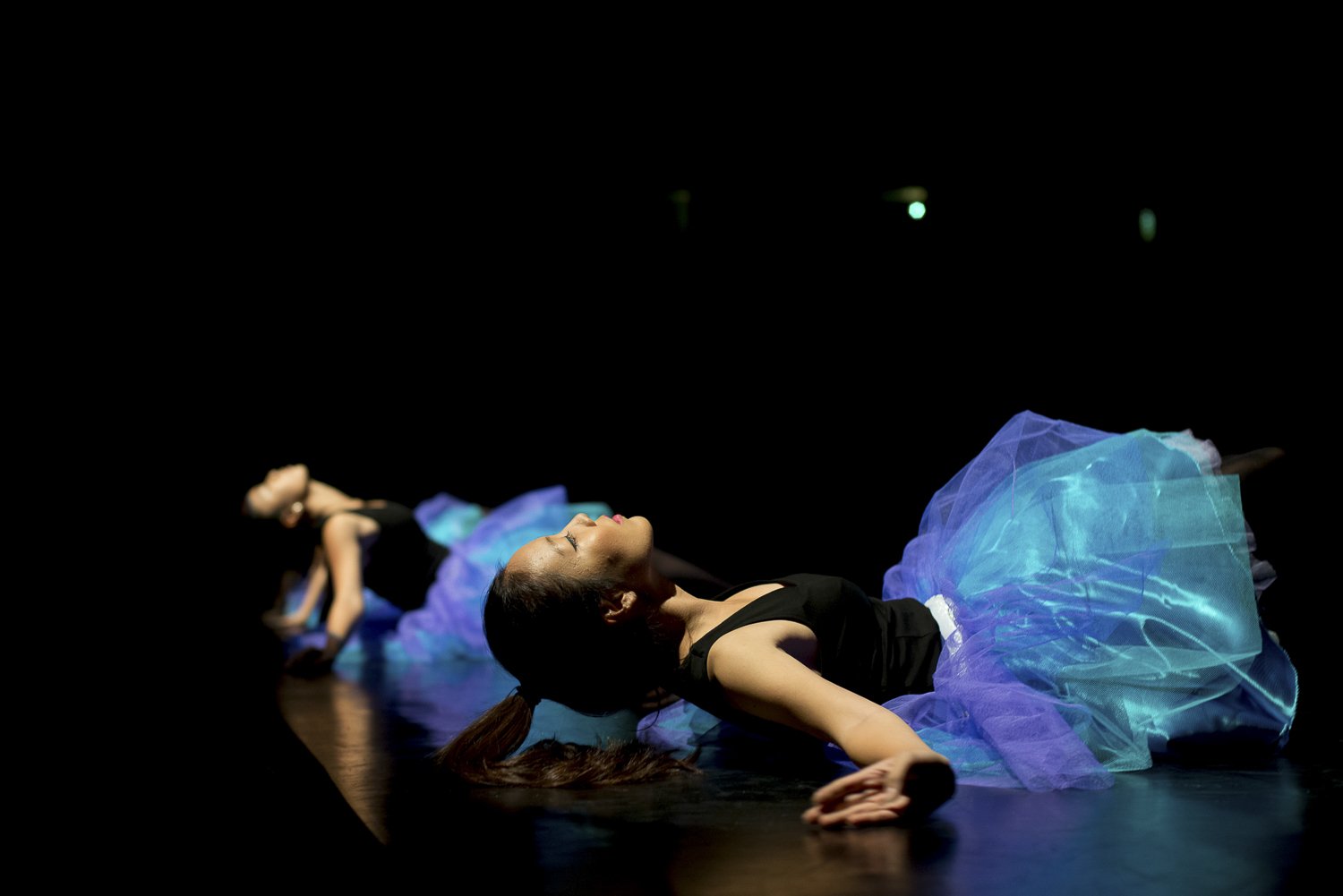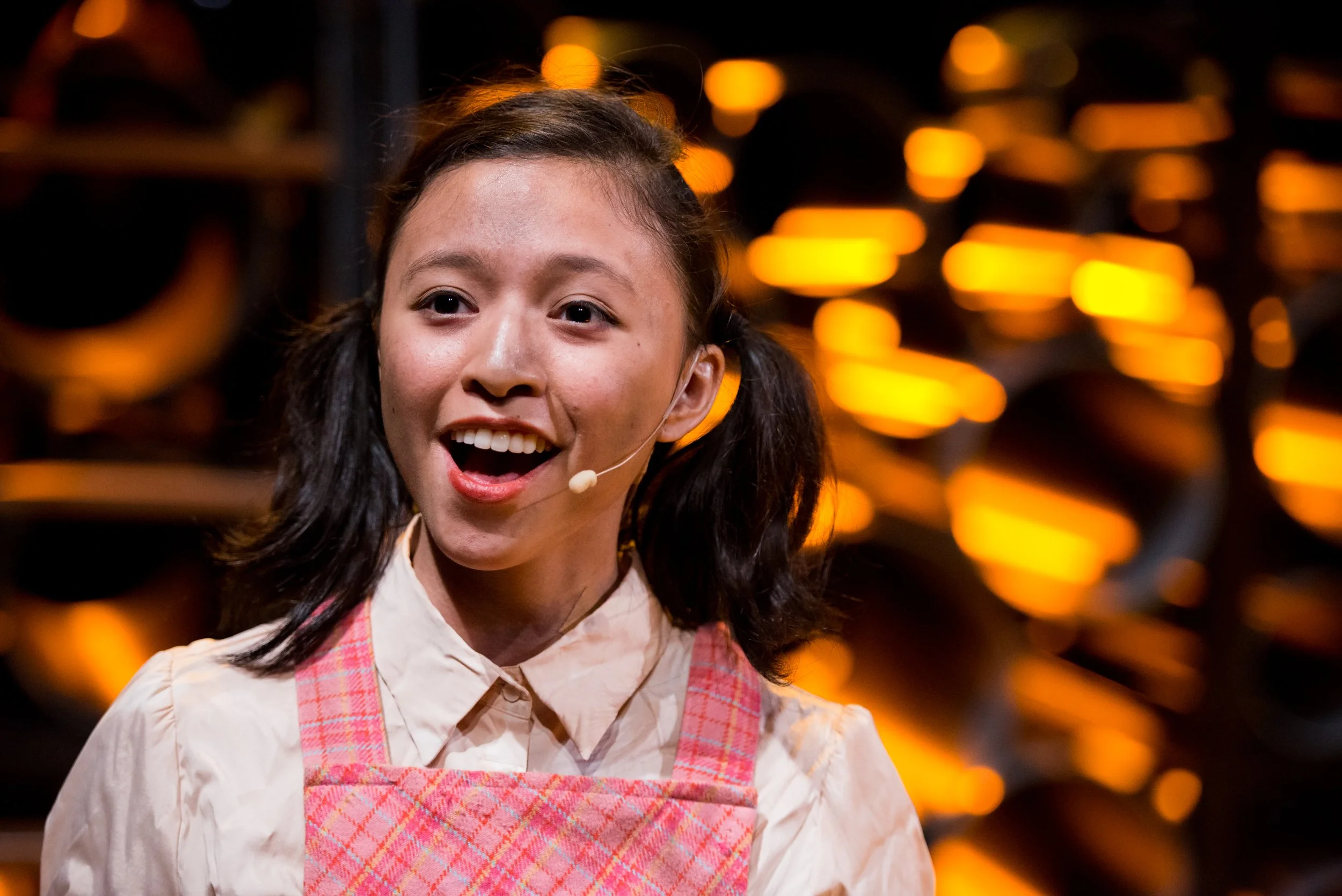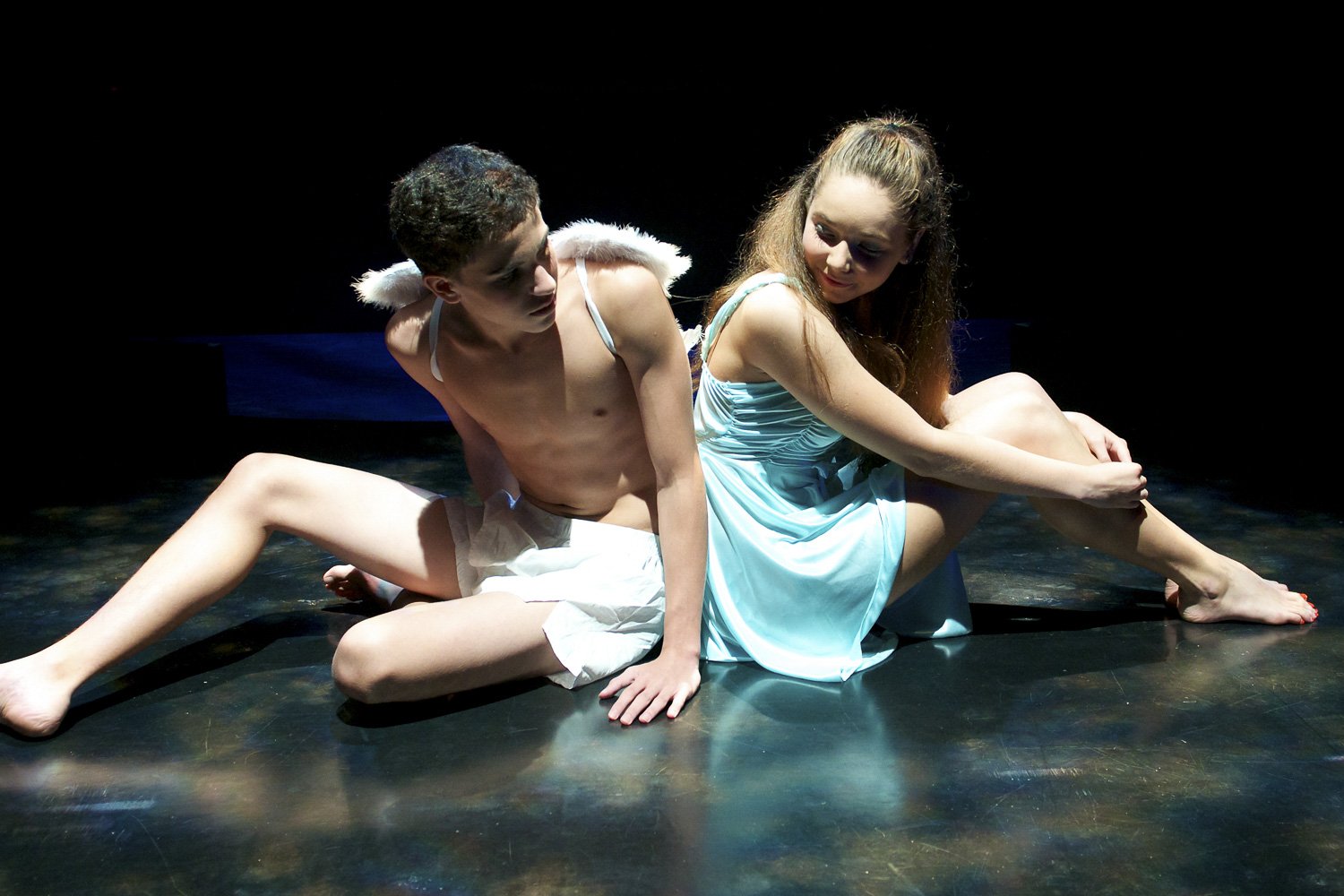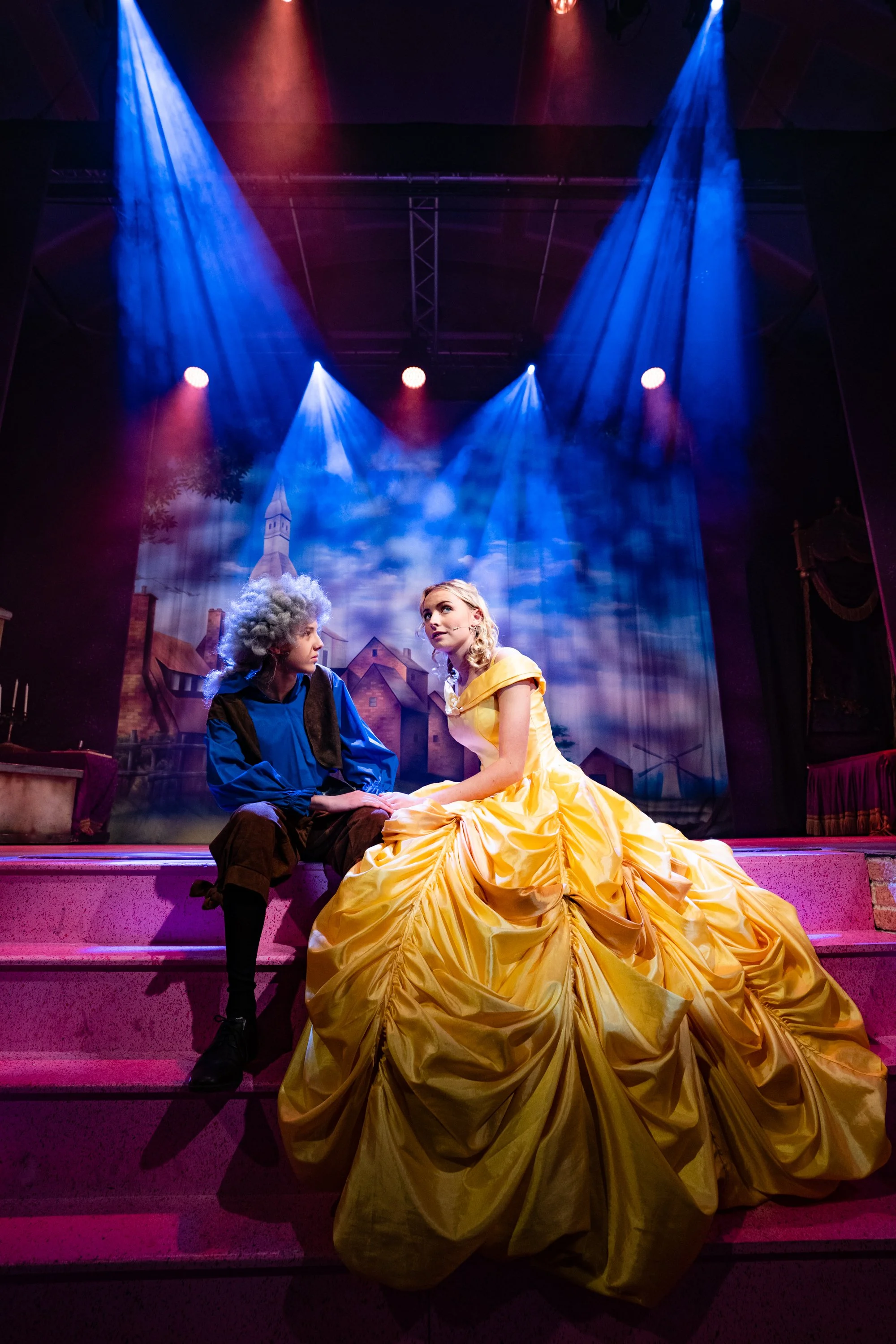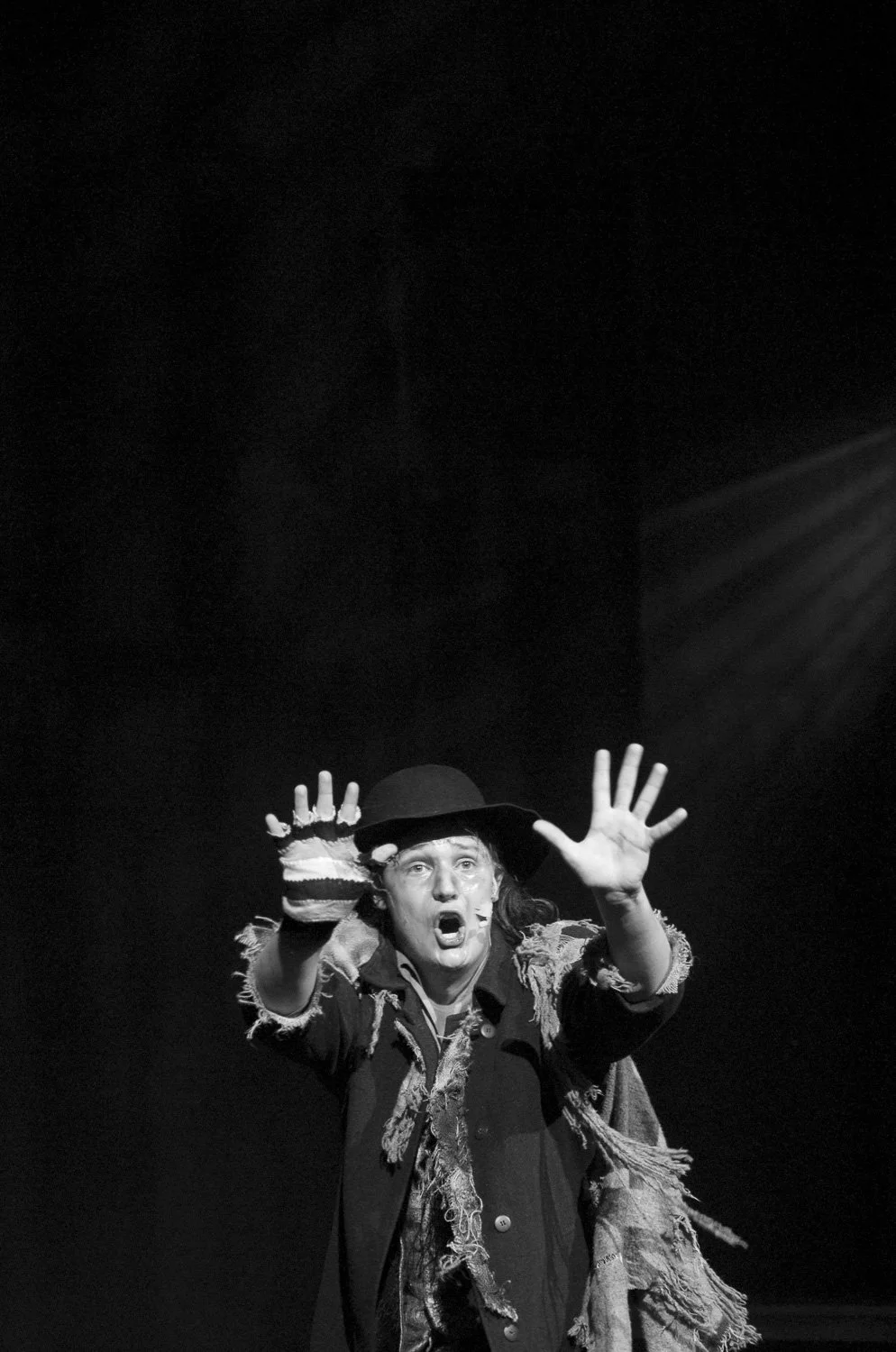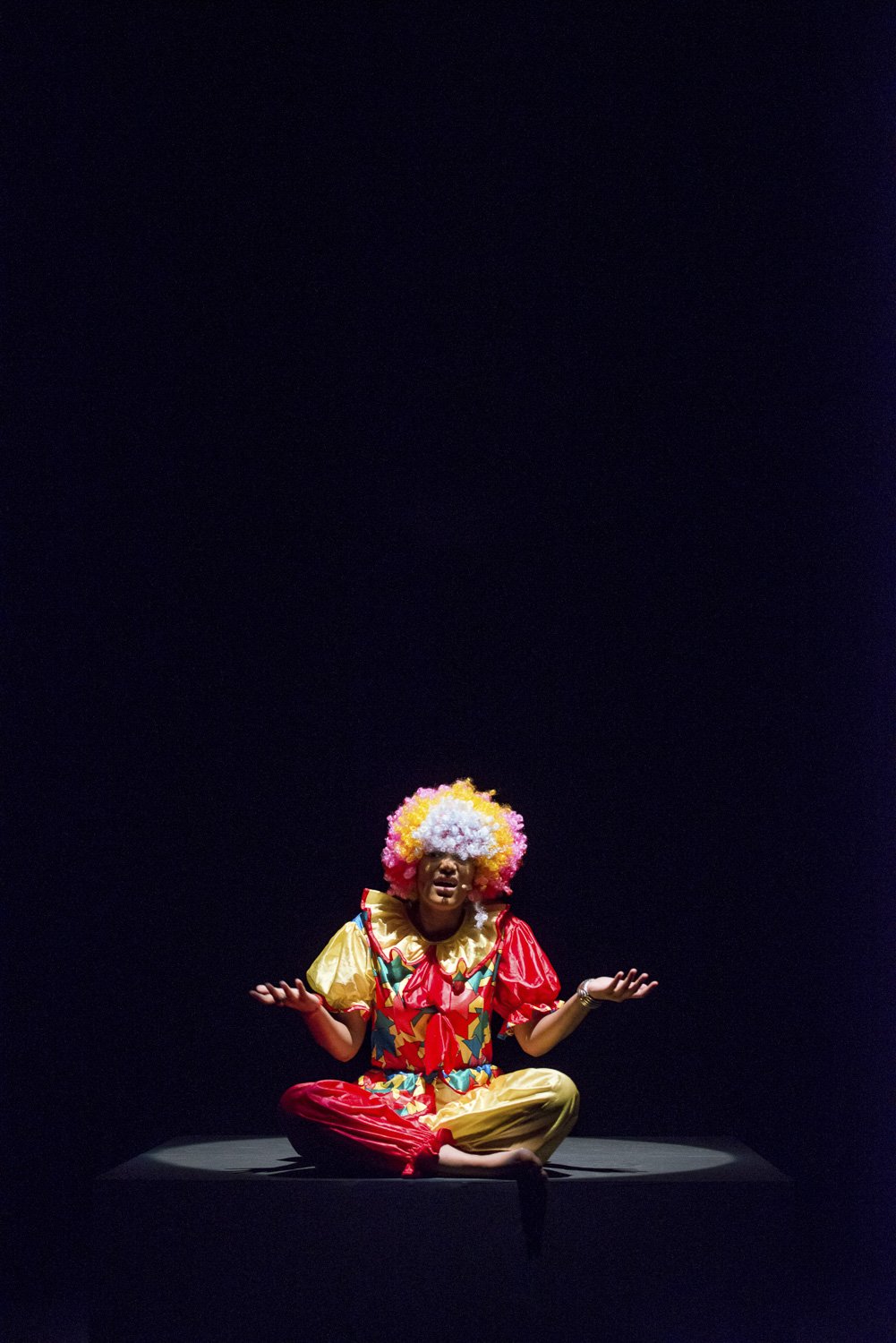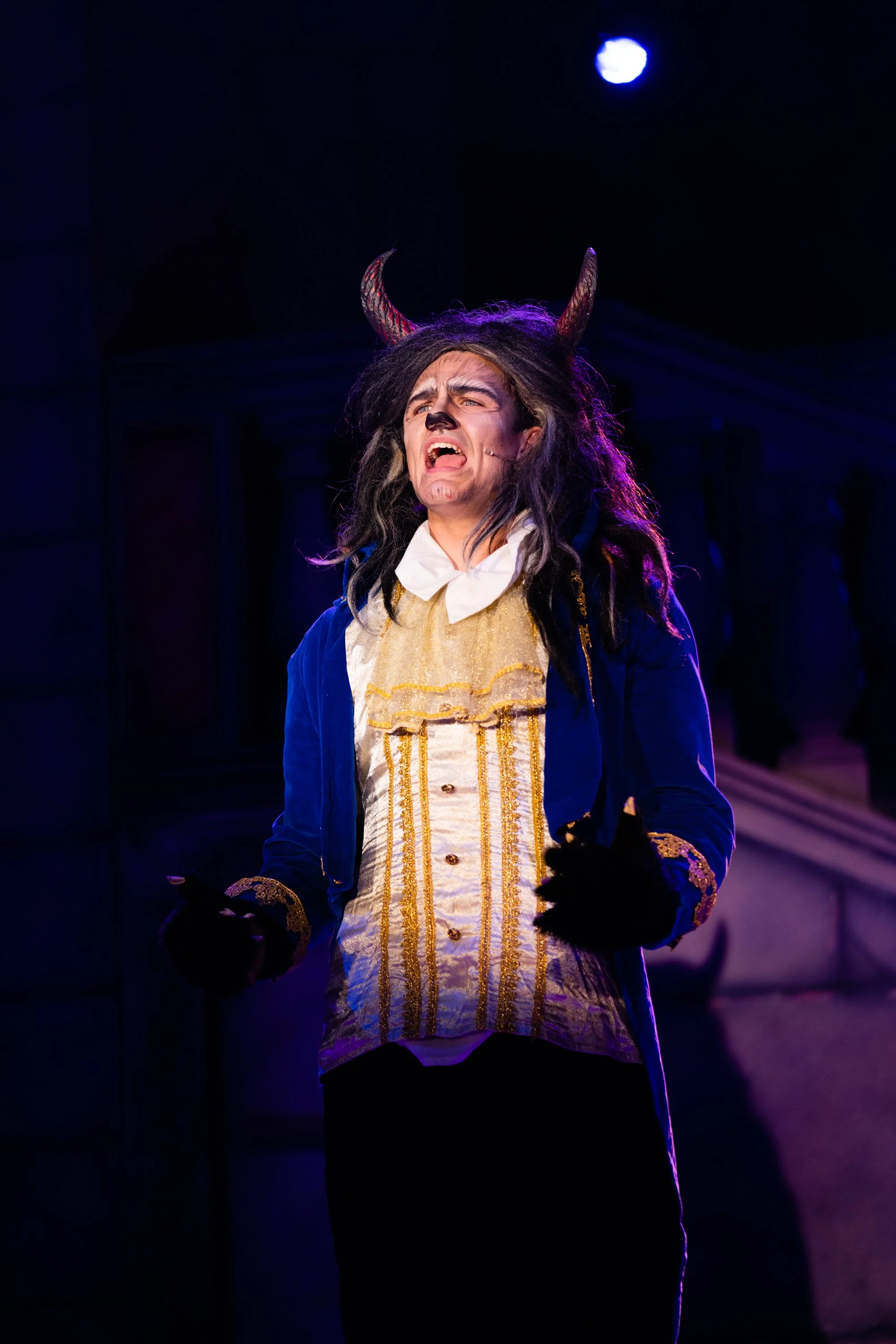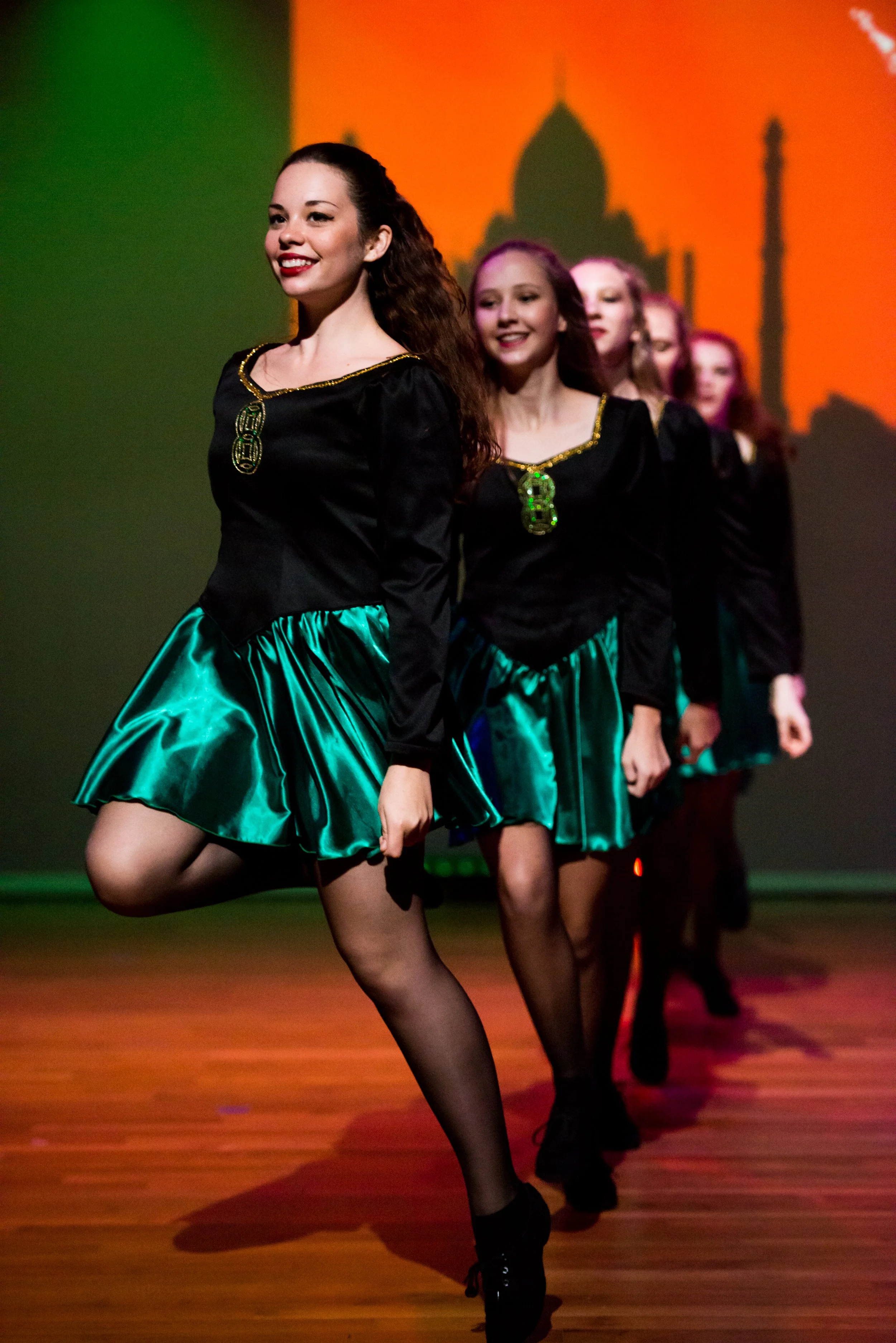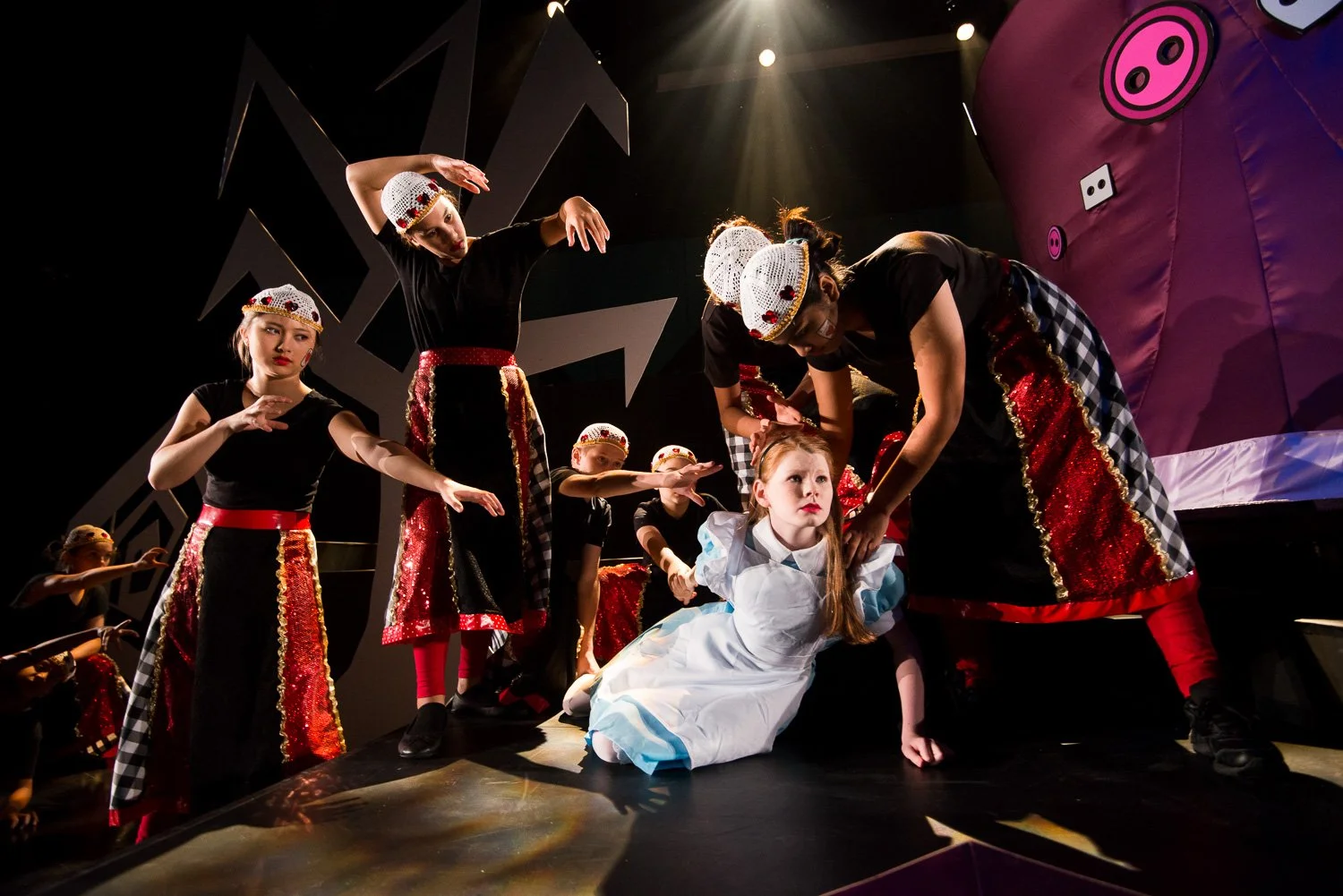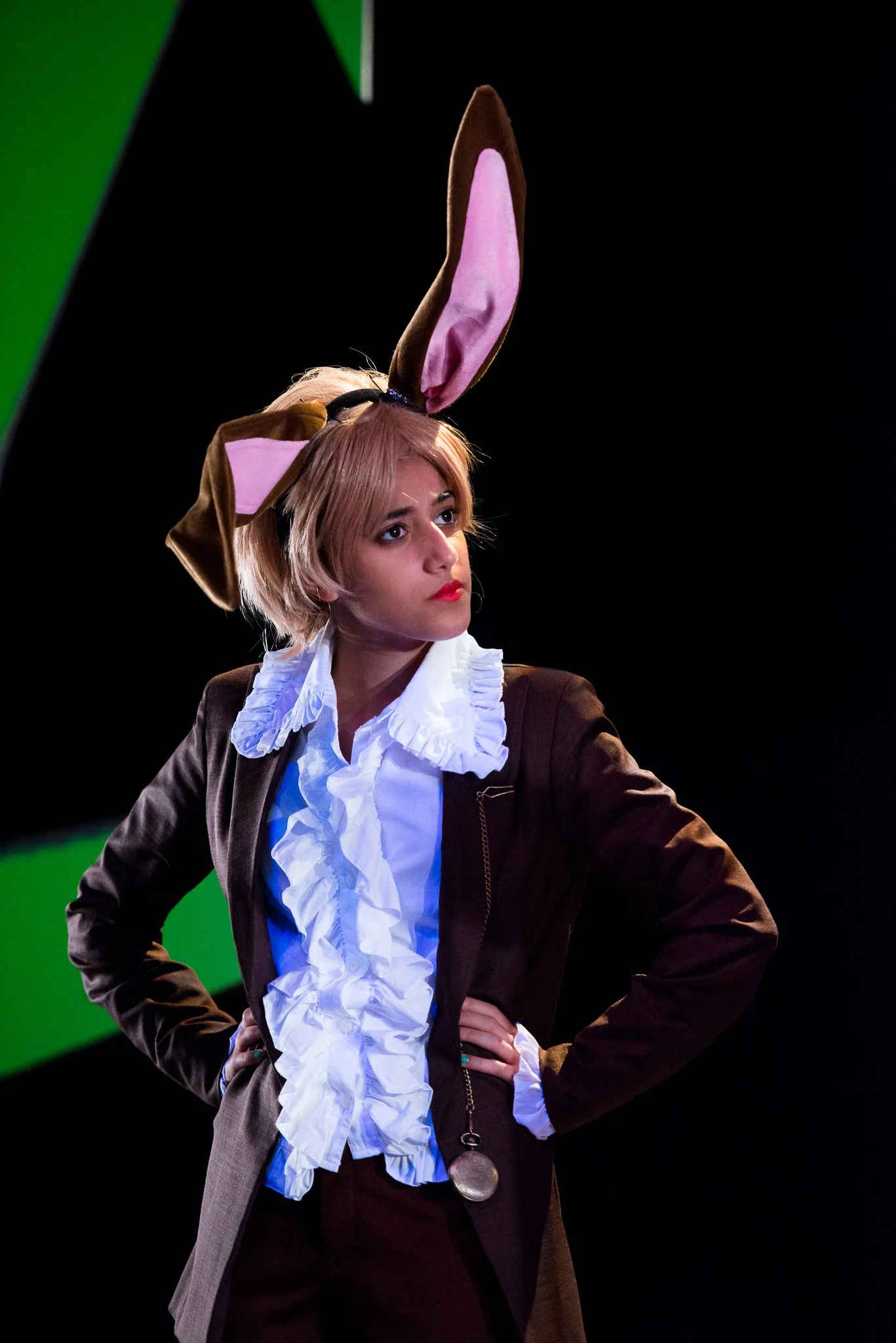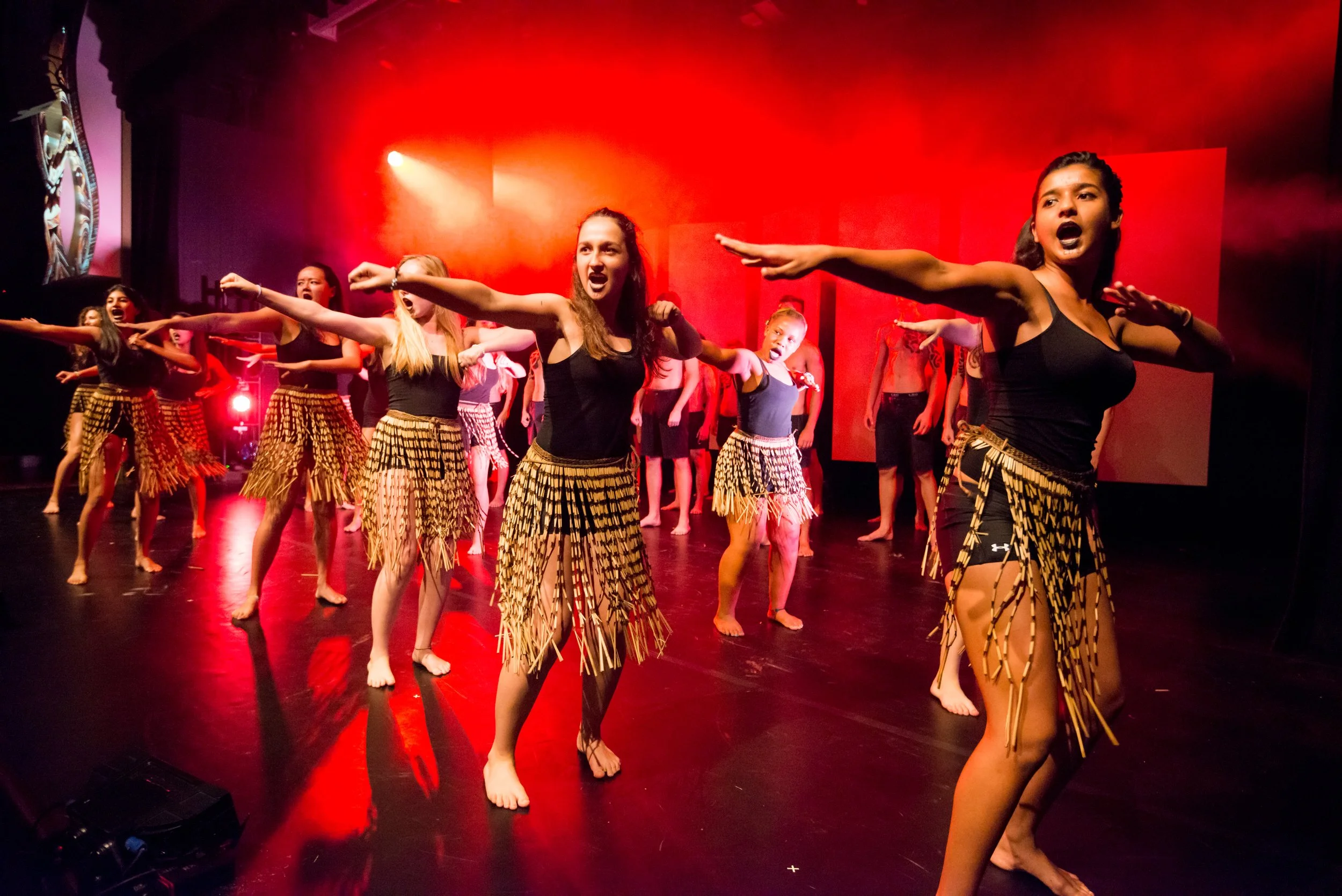As a School Marketing Photographer I shoot a wide range of subject matter from classrooms, to sport, to music, drama, forest school and portraiture.
I am often asked about the different techniques I use to capture these different genres so I thought it might be useful to share a few ideas and tips.
Today I am going to talk about Drama & Dance Photography.
‘Photography’ literally translates from Greek as Drawing with Light. Light has always been the most important factor when creating a photograph. A photo is influenced by the amount of light on the subject, the direction of the light and the colour of the light. When it comes to dance and drama photography the light is both the most challenging aspect but also the element that can make the photos really special.
It's Really Dark!
So, if light is crucial for photography, how do we achieve great photos during a very dark performance? Camera settings are crucial and I tweak the settings continually during the shoot. I find that the camera cannot keep up with the speed that lighting changes on stage, so I have to take full control of the camera myself, shooting in Manual Mode. Most of the time I will use a 70-200mm lens which means that my shutter speed cannot go below 1/200s. My aperture is set as low as possible, which is f2.8 with this lens – this will allow the maximum amount of light into the camera. Finally, to achieve the exposure I want I will keep changing the ISO up and down to make the photos lighter or darker.
Dance is Fast!
Dance is pretty fast-moving, so I do have to change the settings above for dance with my shutter speed going to at least 1/500s. I also shoot dance in burst mode so that I am taking several photos every second. This really helps to make sure I have a good selection of really sharp photos.
Review & Reset
The light during dance and drama performances is constantly changing, so I’m always reviewing my photos during the shoot, checking what changes I need to make to my camera settings. With dance shows in particular I know that each new dance will be lit in a different way, so I tend to reset to my original settings until I know what the new lighting will look like.
Use the Stage Lights
I try to include stage lights in some of the photos during a shoot. I have to be careful not to shoot directly into the stage lights as this can quickly ruin a photo, but if I find the right angle then these lights can add some real drama to the photos.
Move Around
During a stage performance I am always moving, shooting from lots of different angles. Whether the performance is at ground level or on a raised stage, I will try to vary the angle I shoot from. With a raised stage most of the photos will be shot from slightly below, but I will always also take photos from banked seating or standing on a chair. If the performance is at ground level then I will shoot a few photos from a lower angle but also stand on a chair for a different viewpoint.
Provided I am shooting in a dress rehearsal, I will make sure I get close to the action and shoot some photos with a really wide angled lens. This gives some nice variety to the photos.
Finally, I will always take a few photos of the whole stage from the back of the auditorium to give a nice overview of how the stage looked.
Dress Rehearsal or Performance?
I always ask schools if I can shoot the final dress rehearsal. There are several reasons for this. Firstly, I feel very uncomfortable shooting during a performance with an audience in case I distract either the performers or the audience. Secondly, during a performance the places I can stand are very limited, whereas in a dress rehearsal I can roam anywhere to find the best angles to shoot from. Finally, if I miss a key moment of excitement there is a chance that the actors will be happy to run it again for me.
I hope these tips are helpful to help you with your school drama & dance photography. Shooting stage performances is hard work but can give really satisfying and dramatic results.

